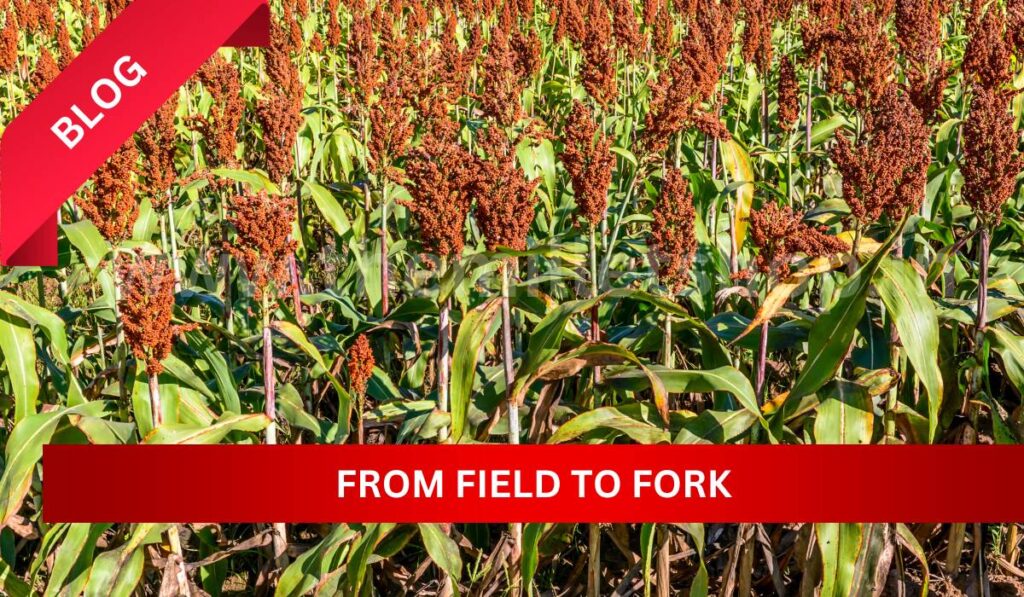Introduction:
Have you ever wondered about the journey that your food takes from the farm to your plate? In today’s blog post, we’re going to take you on a fascinating journey through the lifecycle of millets – from the fields where they’re grown to the tables where they’re enjoyed as nourishing meals. Join us as we explore the various stages of this journey and gain a deeper understanding of the sustainable and nutritious grains that are millets.
Cultivation: The Journey Begins in the Fields
The journey of millets starts in the fields, where these resilient grains are cultivated by farmers around the world. Millets are well-suited to diverse agro-climatic conditions, thriving in both dryland and rainfed areas where other crops may struggle. From the arid lands of Africa to the monsoon-drenched fields of Asia, millets have been cultivated for centuries by farmers who understand their unique growing requirements.
Millets are typically sown at the onset of the rainy season and require minimal inputs such as water, fertilizers, and pesticides. Their short growing cycle makes them ideal for intercropping with other crops or as a rotation crop to improve soil fertility. As millet plants mature, they produce grains that are harvested by hand or using simple tools, preserving the traditional methods of farming that have been passed down through generations.
Processing: Transforming Grains into Palatable Products
Once harvested, millets undergo processing to transform them into various palatable products that can be consumed by people around the world. The processing methods may vary depending on the intended use of the millets – whether they’ll be cooked whole, milled into flour, or used to make other food products such as pasta, noodles, or snacks.
In some regions, millets are traditionally processed using age-old techniques such as pounding, grinding, or dehusking. These methods help remove the outer hulls or husks from the grains, revealing the nutritious kernels within. In modern processing facilities, millets may undergo mechanized cleaning, milling, and packaging processes to ensure quality and food safety standards are met.
Distribution: Connecting Farmers with Consumers
Once processed, millet products are distributed to markets, stores, and consumers around the world, connecting farmers with consumers in a global food network. In some cases, millets are sold directly by farmers in local markets or through farmer cooperatives, providing them with a fair income for their hard work.
In other cases, millet products may travel long distances to reach consumers in urban areas or export markets, passing through multiple stages of distribution and supply chain management. Regardless of the journey, the goal is to ensure that nutritious and delicious millet products are available to consumers who value their health, sustainability, and cultural heritage.
Consumption: Enjoying Millets at the Table
The journey of millets culminates at the table, where these wholesome grains are enjoyed by people of all ages and backgrounds. Whether served as a steaming bowl of porridge for breakfast, a hearty pilaf for lunch, or crispy snacks for a midday treat, millets offer endless possibilities for delicious and nutritious meals.
As consumers, we have the power to support sustainable farming practices, promote biodiversity, and preserve traditional food cultures by choosing millet products for our meals. By incorporating millets into our diets, we can nourish our bodies, support local farmers, and contribute to a healthier planet for future generations.
Conclusion:
From field to fork, the journey of millets is a testament to the resilience, sustainability, and nutritional richness of these ancient grains. By understanding the various stages of this journey – from cultivation and processing to distribution and consumption – we can gain a deeper appreciation for the food on our plates and the people who make it possible. So the next time you enjoy a delicious meal made with millets, take a moment to reflect on the journey that brought it to your table and the positive impact it has on your health and the planet.

